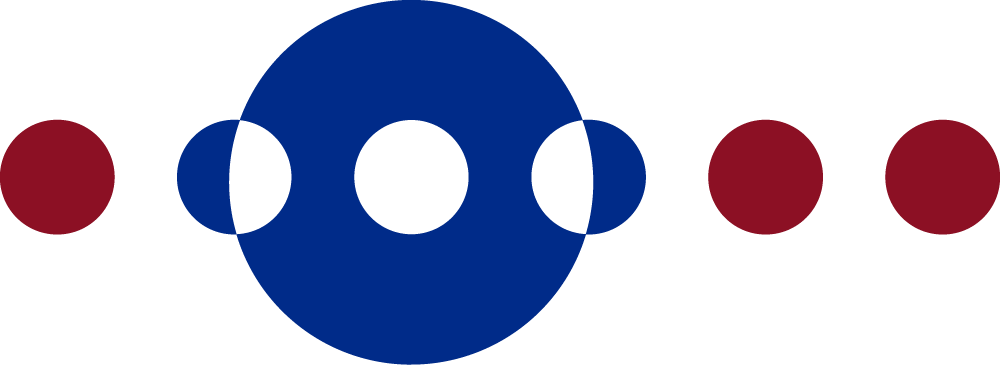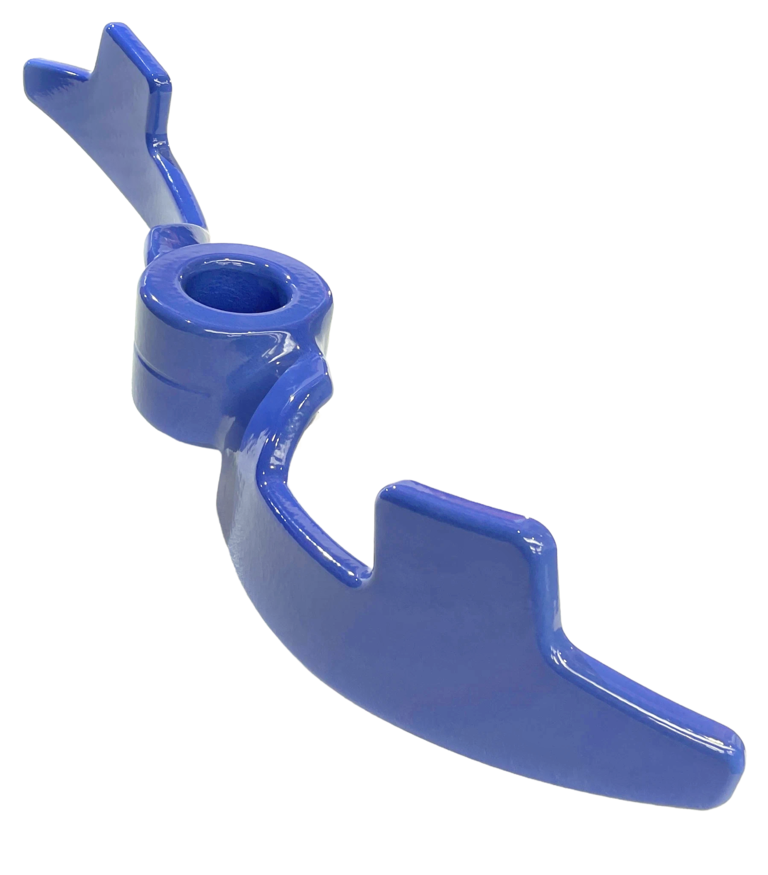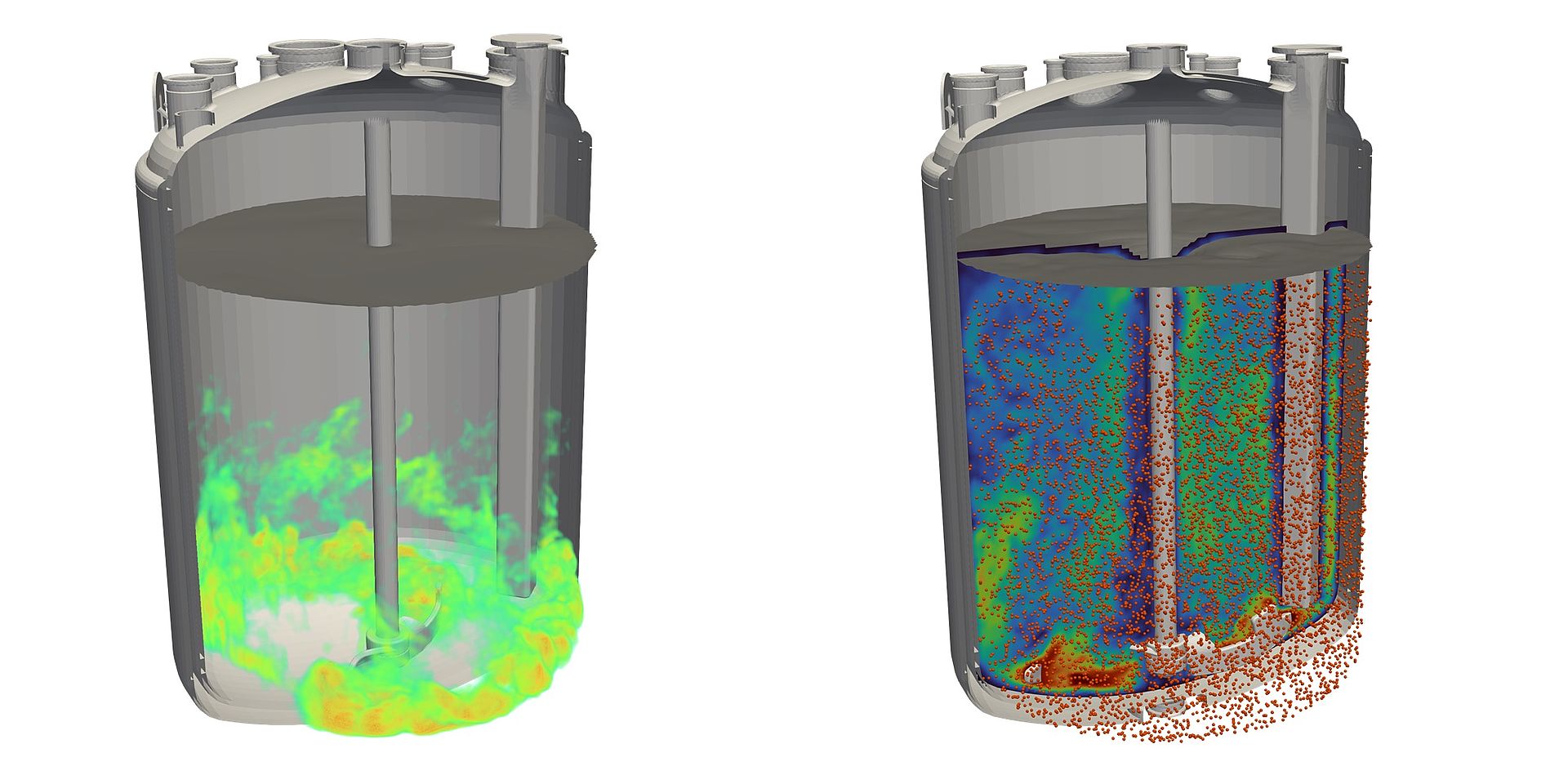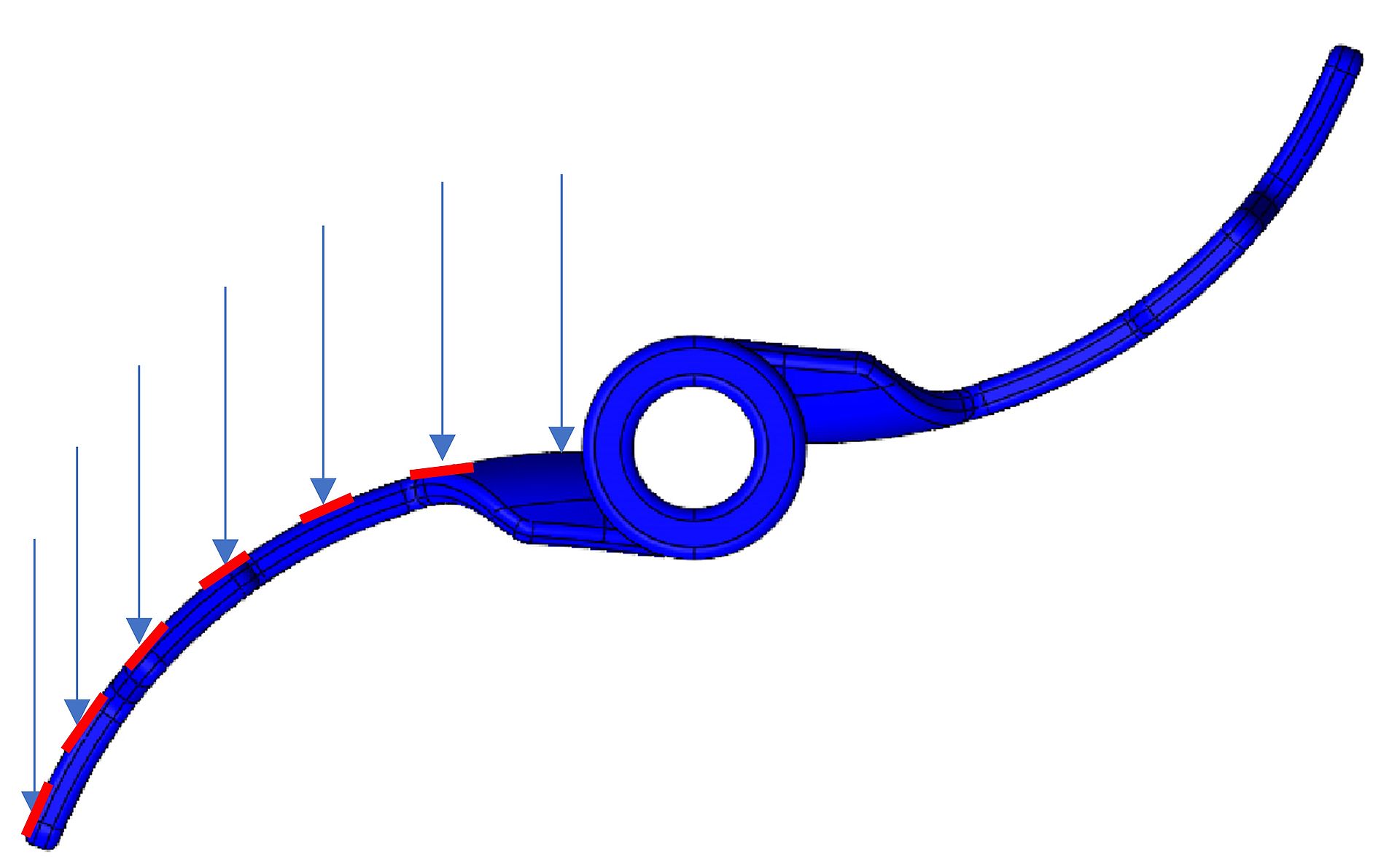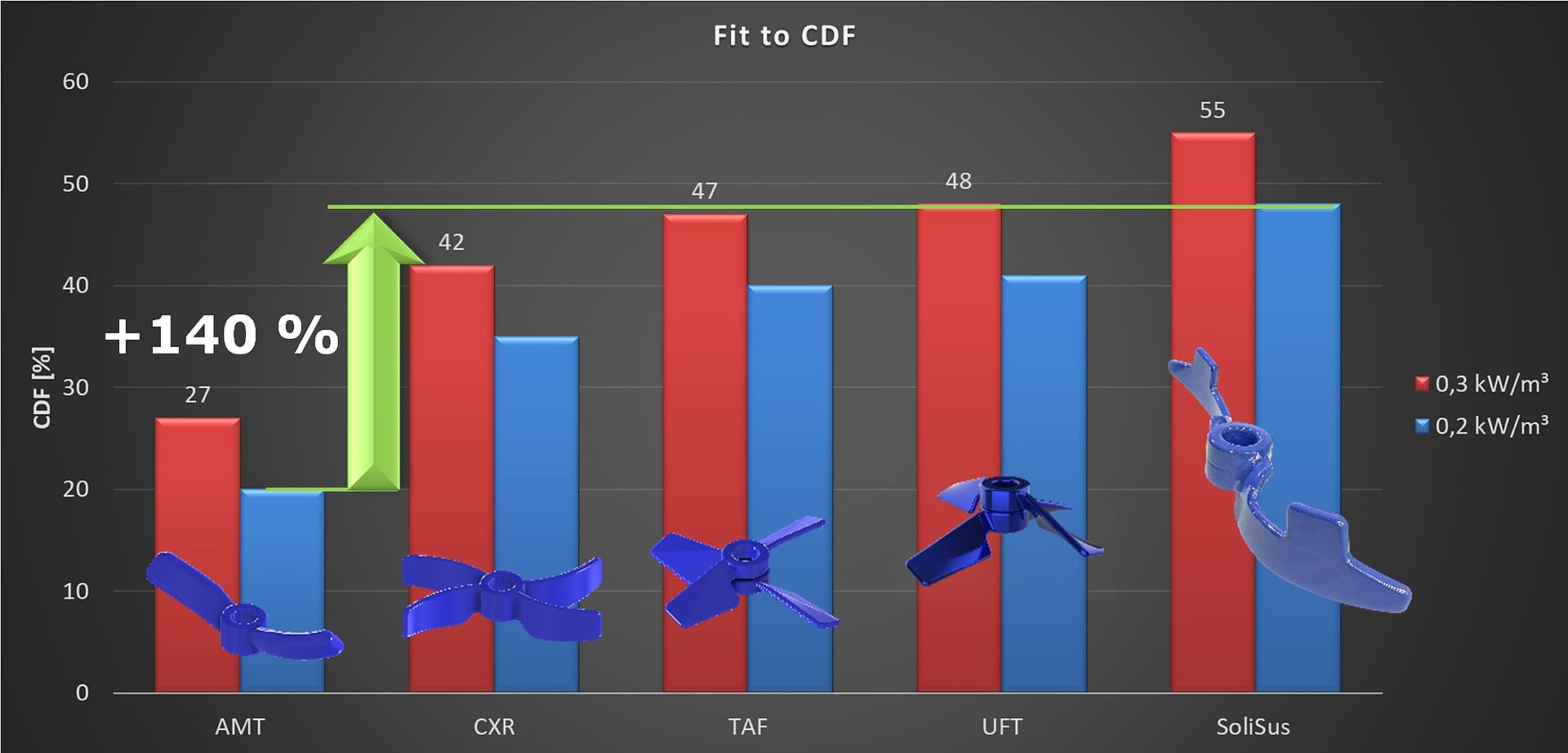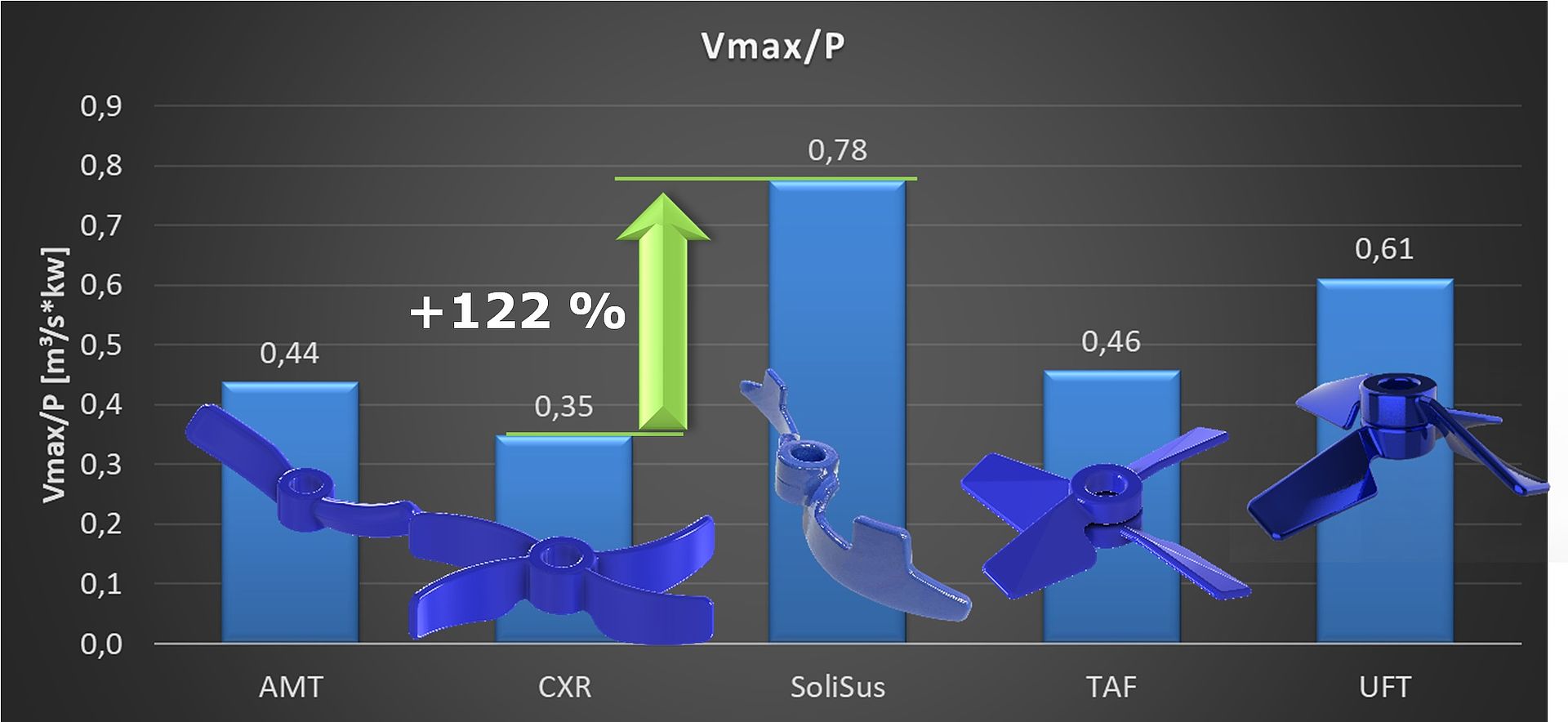THALETEC SoliSus – Mixing solids in liquids can’t be more effective!
Motivation and objectives
Solids are typical components of chemical reactions and place high demands on the mixing technology and the wear resistance of the apparatus components. Depending on the density ratio between the fluid and the solid, the particles must be whirled up from the bottom, kept in suspension or floating particles must be mixed in from the liquid surface. Both scenarios require different agitator and baffle systems.
If solid particles are whirled up quickly and a high-quality particle distribution is achieved, this results in large reaction surfaces and thus a high mass transport between the substances involved in the reaction. Short process times are the most effective way to increase productivity and reduce operating costs.
The SoliSus-Turbine - highly effective
The THALETEC SoliSus (Solid Suspension) turbine is the world's first agitator in the glass-lined industry that is explicitly specialised in suspension processes. High impulse forces generate rapid whirling up and an excellent particle distribution. Typical particle accumulations under the agitator and on the bottom rim are minimised. Thanks to the high pumping effect and the low-wear design (low shear effect), the SoliSus is also an excellent turbine for homogenisation and crystallisation even at low speeds. It also ensures a high heat transfer.
Design of the SoliSus
If you look at the design of the SoliSus, you will notice various design aspects that have a positive influence on particle up-whirling. The SoliSus is a close-clearance turbine so that residual quantities can also be mixed. The lower profile of the SoliSus follows the contour of the vessel bottom (dished bottom or basket arch shape) (Figure 1). This means that a close-clearance turbine acts over a large diameter, minimising the accumulation of particles below the turbine and the shaft.
In general, the SoliSus has a relatively large diameter ratio (agitator to vessel diameter) and has widened wingtips. The blade tips themselves end below the baffle. As the highest flow velocities are generated at the blade tips, the three aspects mentioned above result in high impulse forces on the particles over a wide range - even at low speeds. Particle accumulations on the bottom rim are minimised (Figure 2). Furthermore, a large turbine diameter results in a high pumping effect in the reactor. Efficient mixing at low-speed saves energy costs. A high pumping effect also reduces blend times (homogenisation) and ensures good heat transfer.
To achieve a high wear resistance, the SoliSus is exclusively glass-lined with the glass lining ABRISIST (K028). Due to its composition, ABRISIST twice the wear resistance compared to a standard glass-lining. In order to offer the impacting particles a low impact angle, the SoliSus has a wear-reducing design via the curved blades (Figure 3). As the impact angle decreases towards the outer diameter, the impact wear is reduced and transferred to the less critical sliding wear.
Features and benefits of the SoliSus
Extensive numerical and experimental analyses show the superior suspension behaviour of the SoliSus compared to all previous suspension turbines. Particles are whirled up to 88 % faster and the quality of the particle distribution is up to +140 % higher with the same power input (Figure 4).
The specific pumping effect (generated volume flow per power input) is also up to 122 % higher compared to other suspension turbines (Figure 5). Users can therefore achieve shorter blend times and better heat transfer, or the agitator speed can be reduced while keeping the same process behaviour, thus reducing operating costs.
Analyses of the mixing performance show a similar picture, meaning that the blend time can be reduced by up to 33 % in homogenisation processes (liquid/liquid). In terms of shear effect, the SoliSus is on a level with a UFT (K173), which is used for crystallisation processes, among other things. Accordingly, the SoliSus can also be used for crystallisation processes at low agitator speeds with a high specific pumping effect.
Summary
The SoliSus has a special design and generates fast and gentle particle up-whirling. An excellent and homogeneous particle distribution enables a high mass transport for chemical reactions. Particle accumulations under the turbine and on the bottom rim are minimised. The high specific pumping effect generates high impulse forces on the particles, reduces blend times and increases heat transfer. Residual quantities can be mixed because the agitator runs close to the bottom. The low shear effect also makes it suitable for crystallisation processes. Do you have further questions about the THALETEC SoliSus or about Heat Transfer and mixing technology in general? Simply contact us by e-mail at process@thaletec.com.



